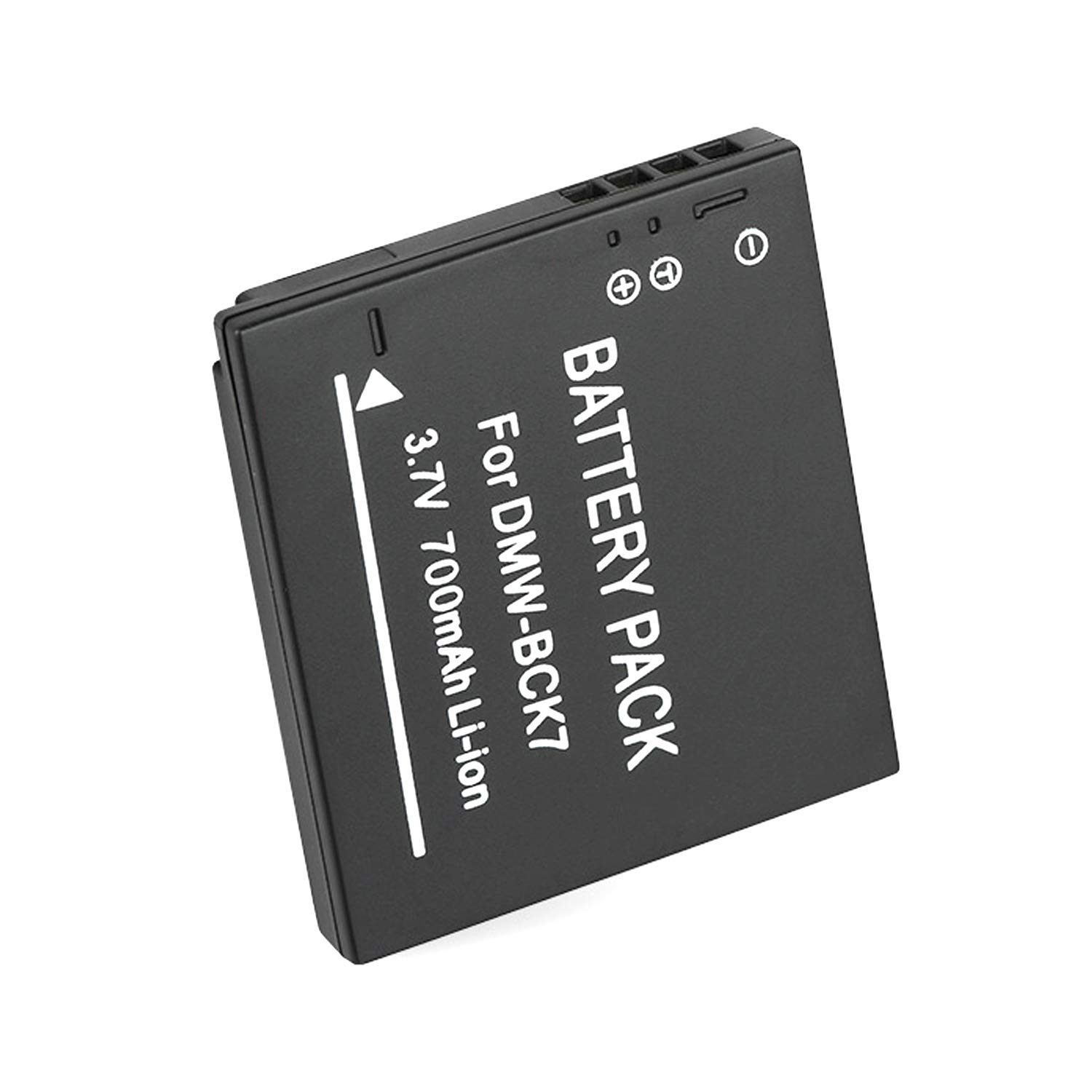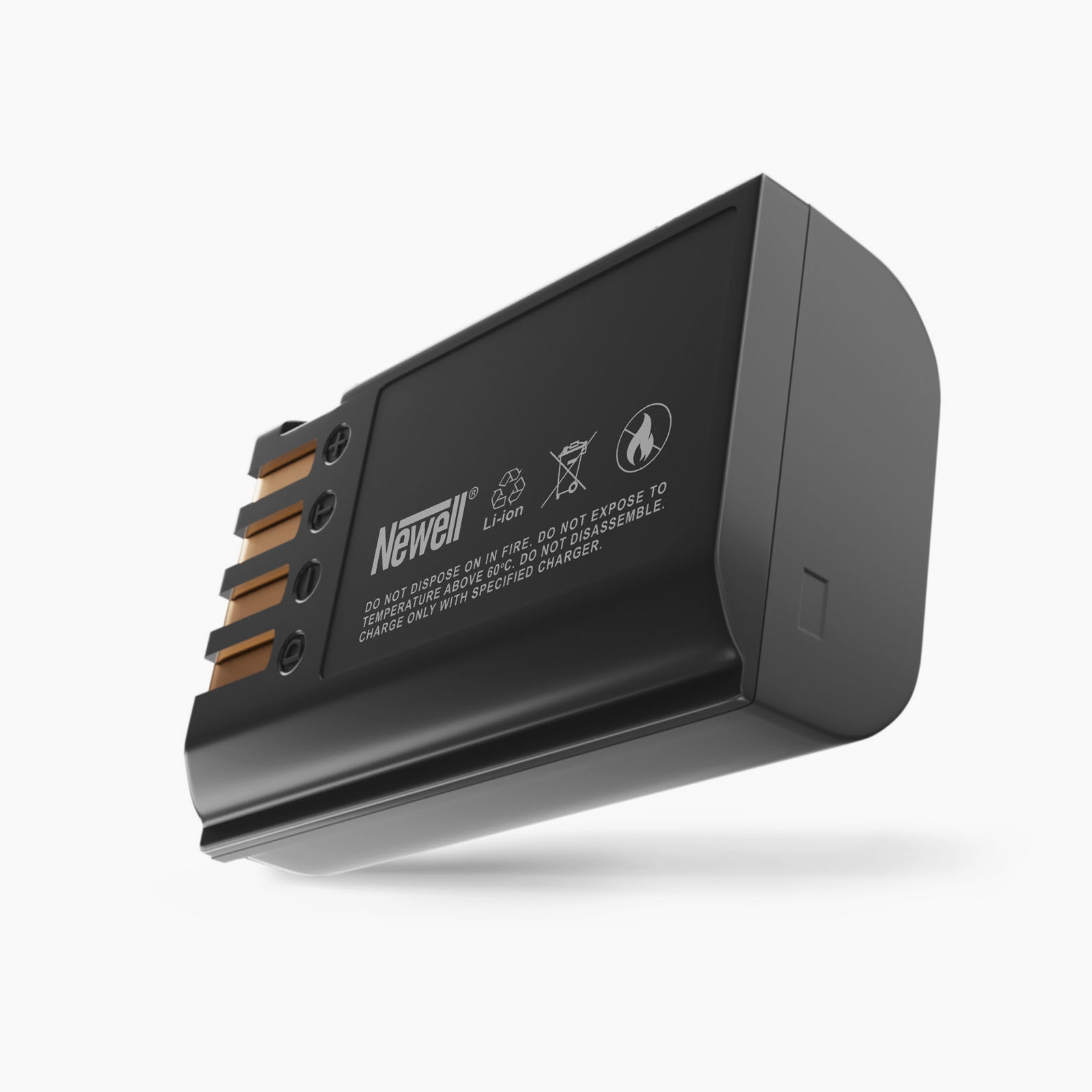Maximizing the battery life of your Panasonic camera can extend your photography sessions and enhance your overall shooting experience. Lack of power at a crucial moment can be frustrating and may result in missing significant shots. This article provides practical strategies to maintain and prolong the life of your Panasonic camera batteries, ensuring they remain reliable and efficient for as long as possible.
Understanding Battery Basics
Types of Camera Batteries
Panasonic cameras typically utilize lithium-ion batteries, known for their high energy density and low self-discharge rates. Understanding the type of battery in your camera is important as it dictates proper maintenance and usage patterns. Lithium-ion batteries are also eco-friendly since they contain no harmful metals like cadmium or mercury.
Optimizing Charge Cycles
Each battery has a finite number of charge cycles it can go through before its capacity begins to degrade. To optimize these cycles, avoid overcharging or depleting the battery completely before recharging. It is best practice to charge the battery once it’s down to around 20 percent capacity and to disconnect it once it reaches 100 percent to prevent stress on the battery.

Maximize Usage Between Charges
Smart Power Management
Many Panasonic cameras have power-saving features that you can enable to conserve battery life. These may include auto power-off settings, dimming the LCD screen, or turning off continuous autofocus when not needed. Familiarize yourself with your camera’s power management settings and adjust them to your specific needs to get the most out of each charge.
Accessory Usage Impacts
External flashes, Wi-Fi connectivity, and image stabilization are some of the features that can drain your battery faster. When you’re trying to conserve power, use these features sparingly. Additionally, accessories like battery grips can provide you with extra power when planning for extended shoots or when traveling to locations without easy access to charging facilities.

Charging Practices for Longevity
Conducting Proper Charging
Using the charger that came with your camera, or one that’s certified by Panasonic, is essential for maintaining battery health. Third-party chargers might not have the correct voltage and current specifications, potentially damaging your battery. It’s also advisable to occasionally calibrate your battery by allowing it to drain completely and then charging it to full capacity to reset the battery’s charge indicator.
Storing Batteries Correctly
If you’re not going to use your Panasonic camera for an extended period, store the batteries properly to prevent them from degrading. Keep them in a cool, dry place and around 40-60 percent charged. Extremely low or high storage temperatures can affect battery performance, so find a moderate environment for storage.

Upkeep and Replacement
Regular Battery Maintenance
Do routine checks on your camera batteries for any signs of damage or unusual wear. Clean the battery contacts on both the battery and the camera periodically with a soft, dry cloth to ensure efficient power transfer. If the battery casing shows any sign of swelling or if it leaks, disposes of it responsibly, and replace it immediately.
Understanding Replacement Timing
Over time, you’ll notice that your camera battery doesn’t hold a charge as well as it did when it was new. Keep track of its performance, and when you notice a significant drop in its capacity to hold a charge, it may be time to purchase a replacement. Always opt for genuine Panasonic batteries or certified alternatives to ensure compatibility and safety.

Efficient In-Field Battery Management
Minimizing LCD and EVF Usage
The electronic viewfinder (EVF) and the LCD screen are among the highest consumers of battery power in your Panasonic camera. Minimizing their usage can significantly conserve battery life. Use the viewfinder instead of the LCD when framing your shots to save power. Additionally, lowering the brightness level of these screens can help extend battery life.
Turn Off Continuous Shooting and Video When Not Needed
Continuous shooting modes and video recording can deplete your battery quickly due to their high processing power requirements. When not actively using these modes, switch to single-shot mode or turn off the video function to prevent unnecessary battery drain. This practice is crucial when you’re working with limited battery resources during longer shooting sessions.

Handling Temperature Extremes
Avoid Extreme Cold and Heat
Temperature plays a critical role in the performance of your Panasonic camera battery. Extreme cold can reduce battery efficiency temporarily, and excessive heat can lead to permanent battery damage. When shooting in cold environments, keep spare batteries close to your body to keep them warm. Avoid leaving the camera or batteries under direct sunlight or in a hot car to prevent overheating.
Adapting to Weather Conditions
If you’re shooting in adverse weather conditions, it’s important to protect your camera and batteries from the elements. Use weatherproof casing or bags to shield them from moisture or sand. Also, allow your camera and batteries to adjust to temperature changes gradually when moving from one extreme environment to another to reduce condensation risk, which might affect battery contacts and performance.
Utilizing Energy Saving Modes
Leverage Eco Mode Settings
Panasonic cameras often come with an Eco Mode or similar power-saving settings designed to conserve battery life. Activating this mode can extend battery performance by lowering power consumption. Eco Mode usually manages the camera’s idle time, putting it into a sleep state when not in use and waking it up again with a half-press of the shutter button or another assigned button.
Customizing Auto-Off Settings
Most Panasonic cameras also have customizable auto-off settings, allowing you to dictate how long the camera stays on when idle before shutting down. Setting a shorter auto-off time can prevent unnecessary battery use, especially when you get caught up in the moment and forget to manually power off the camera.
Smart Charging Strategies
Using Original Equipment
While it might be tempting to go for cheaper, third-party batteries and chargers, doing so may harm your Panasonic camera’s battery health and overall functionality. Always use the original battery charger provided, or replace it with an officially recommended one. These chargers are specially designed to complement the charging requirements of your camera’s battery, providing the correct amount of power needed without overcharging or overheating it.
Charge Batteries Before They’re Fully Drained
To maintain the optimal health of your Panasonic camera battery, charge it when it dips below 20% rather than letting it drain entirely. Shallow discharges followed by proper recharging can help maintain battery life over time. Avoid leaving the battery on the charger long after it has reached full capacity, as trickle charging can also reduce battery lifespan.
Maintaining your Panasonic camera battery life involves simple yet effective practices that revolve around charging and usage habits. By understanding the nature of lithium-ion batteries, optimizing their use, and following proper charging and storage protocols, you can greatly enhance your camera’s battery lifespan and reliability. Regular upkeep and timely replacement of batteries will ensure you never miss a shot due to power issues. Implementing these tips will lead to prolonged and dependable battery performance, allowing you to focus on capturing those perfect moments without the worry of running out of power.
